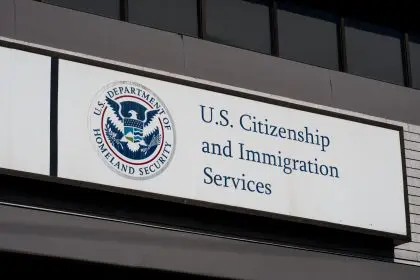
An understaffed U.S. Supreme Court is in session as Ohio gets ready to restart executions. The state had stopped executions in 2014 after the botched execution of Dennis McGuire, who gasped and snorted during a 26-minute procedure using a never-before-tried two-drug combination. McGuire’s death started a debate and legal battle over the drugs used in lethal injections across the United States. There is no one set drug approved for execution and combinations are used to make the body shutdown in a way that is not “cruel or unusual.” Foreign drug companies that provided the state in the past would not ship the drug to the state if it was going to be used in an execution. In addition, there were threats of lawsuits and litigation against the companies that provided the drugs to the state specifically to the state for execution. This caused a shortage in the amount of drugs that could be legally provided for executions in the United States.
Ohio will now use an approved three-drug combo for executions: midazolam, which renders the inmate unconscious; rocuronium bromide, which paralyzes the inmate; and potassium chloride, which stops the heart. The companies that provide the drugs are shielded from being revealed because of a law signed by Gov. John Kasich in 2014. However, anti-death penalty advocates have stated that this new drug combination amounts to human experimentation and further work needs to be done on the fairness of the justice system and executions. The drugs being used are not compounded and therefore are approved for use by the FDA.
The Supreme Court ruled last year that use of such a combination is legal for executions. It is expected that many inmates will be filing appeals this week as the court is in session and 2017 is fast approaching. Ohio has scheduled the executions of three convicted killers between January and March 2017.
















